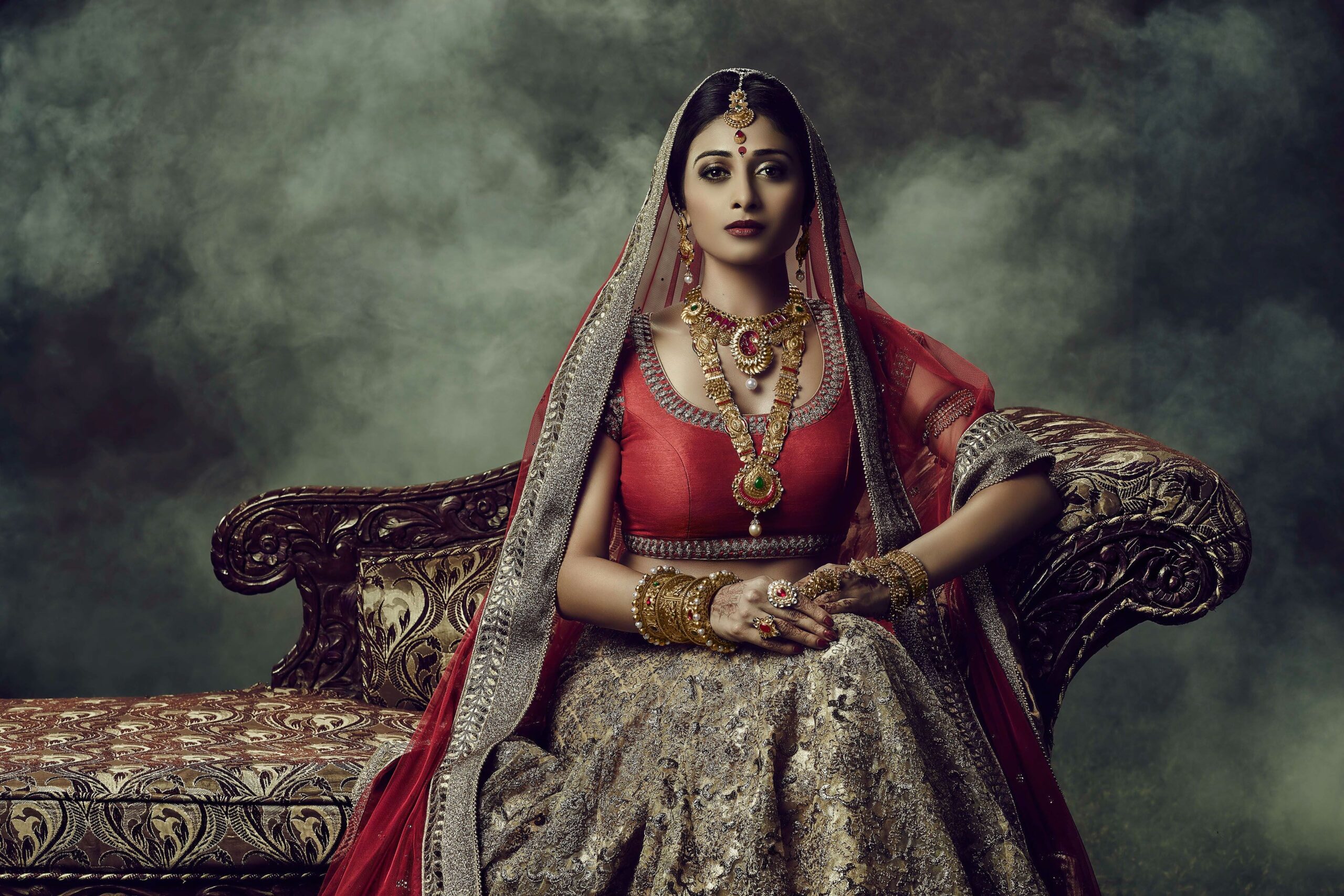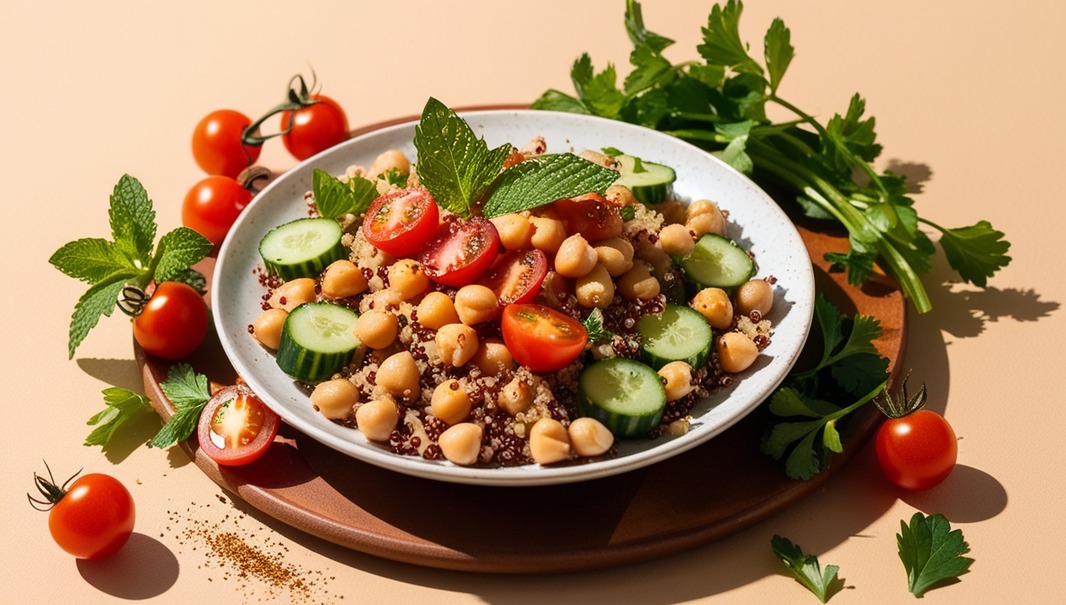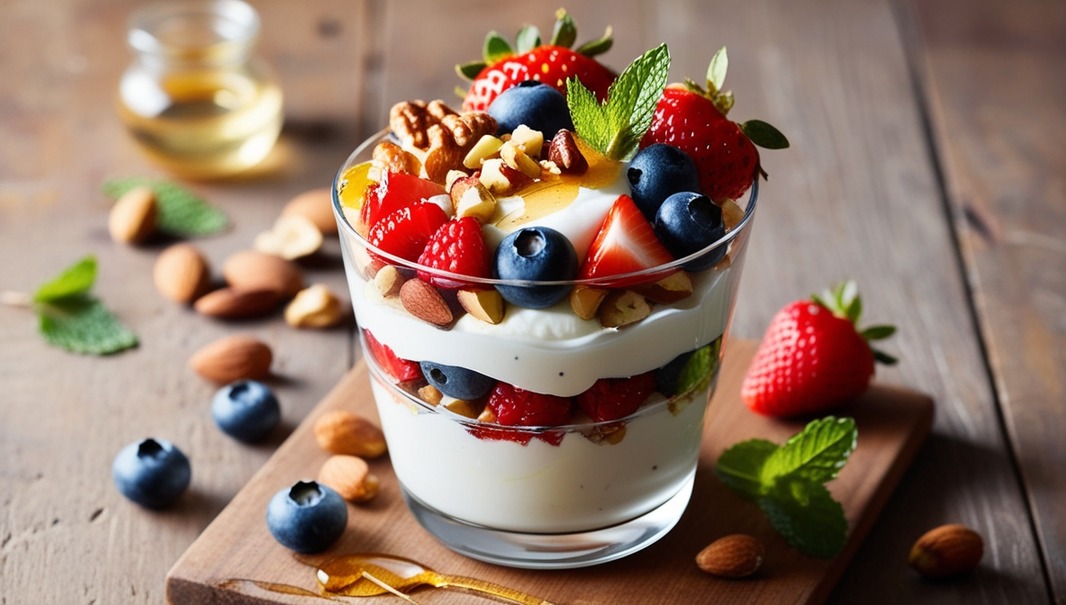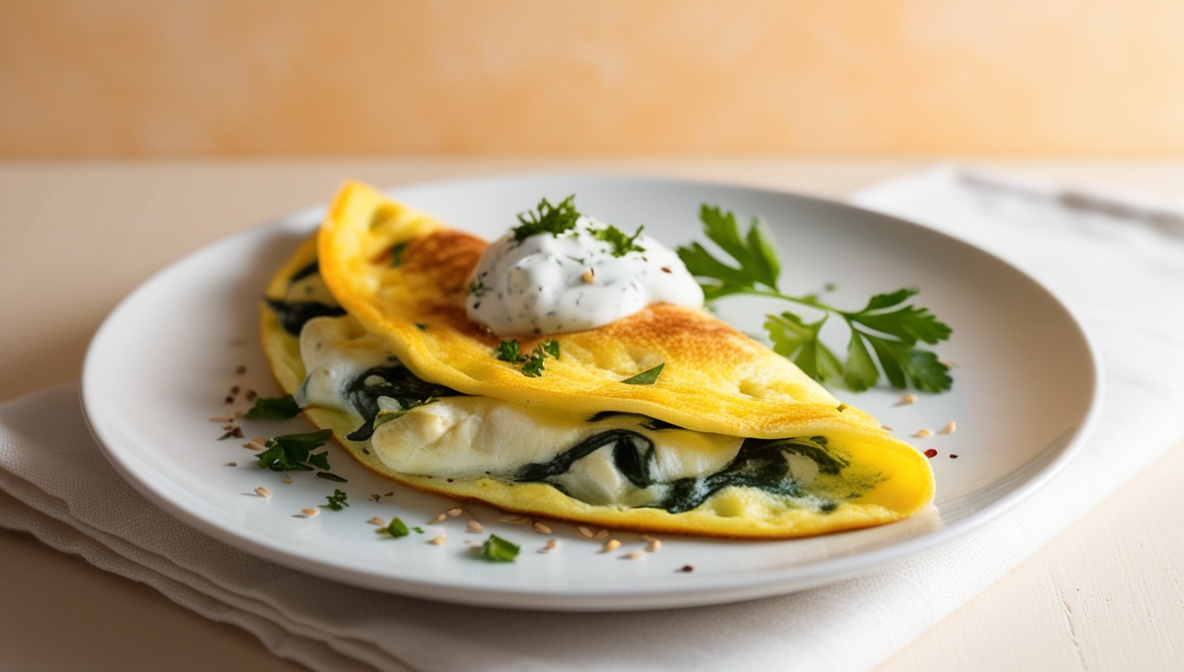Sparkling culture of Indian jewelry holds a rich history, reflecting the country’s diverse culture, traditions, and craftsmanship. Spanning centuries, the art of jewelry making in India is synonymous with luxury, beauty, and spirituality. Indian jewelry designs are often characterized by intricate detailing, vibrant gemstones, and symbolic motifs, which make them unique and highly sought after across the globe. From weddings to festivals, jewelry plays a central role in adorning women and men, symbolizing prosperity, love, and cultural heritage.
A Glimpse Into History
The history of Indian jewelry dates back over 5,000 years to the Indus Valley civilization. Early jewelry was crafted from natural materials like shells, bones, and seeds. Over time, the art of jewelry making evolved to include precious metals such as gold and silver, and colorful gemstones like rubies, emeralds, and diamonds.
Different regions of India developed their own distinct styles. For instance, the Kundan jewelry from Rajasthan is famous for its elaborate gold and gemstone settings, while Temple jewelry from South India is known for its intricate carvings and religious symbolism. These regional influences highlight the diversity and craftsmanship of Indian jewelry.
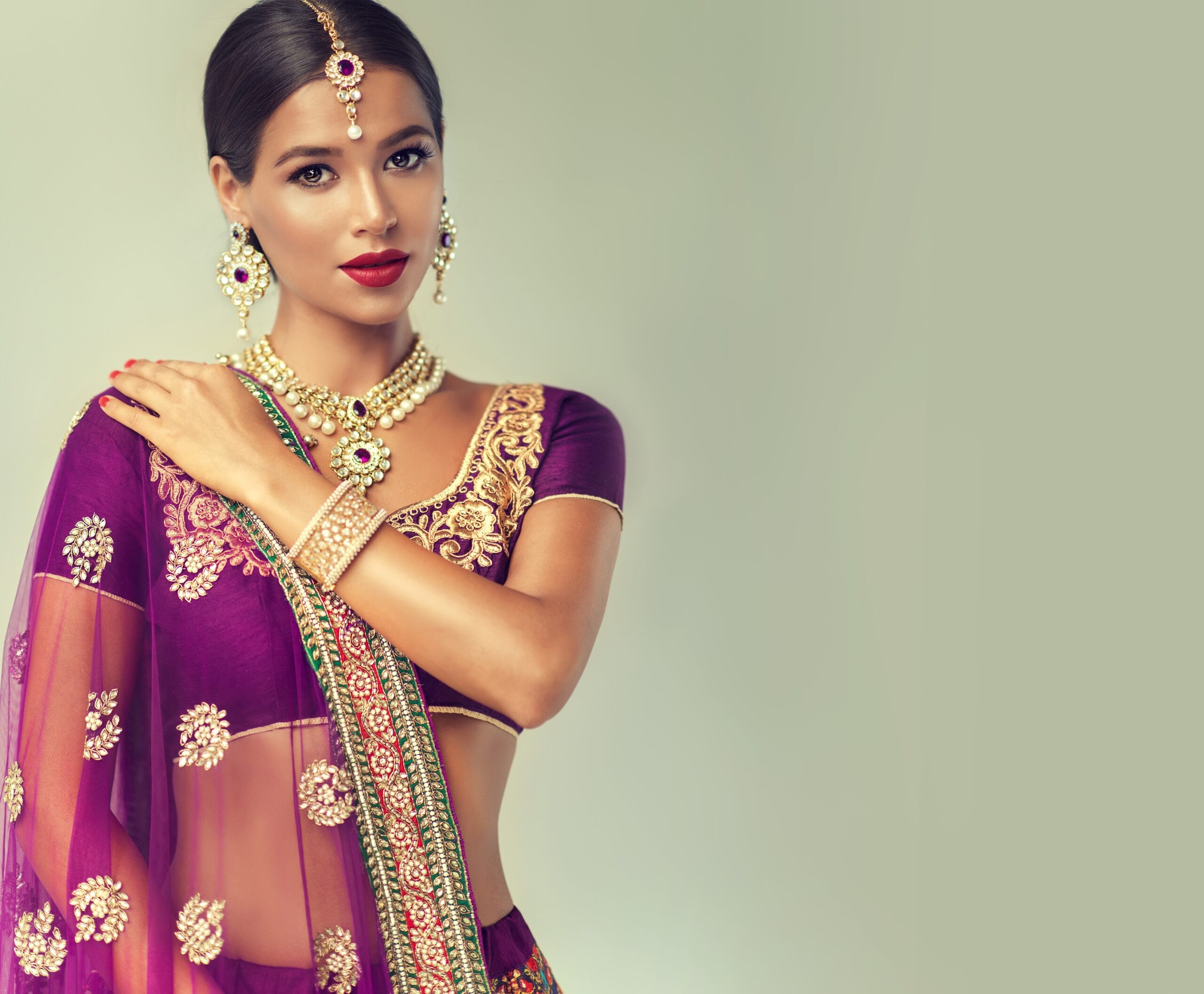
The Role of Jewelry in Indian Culture
In Indian culture, jewelry is much more than just an accessory. It is deeply embedded in religious and cultural rituals, especially during weddings. Bridal jewelry is a major aspect of Indian weddings, symbolizing good fortune and marital happiness. Mangalsutra, a sacred necklace worn by married women, is one of the most significant pieces, symbolizing love and protection.
Festivals like Diwali also see the adornment of lavish jewelry, as it is believed to bring prosperity and good luck. Indian deities in temples are often dressed with jewelry, reflecting its importance in spirituality.
Types of Indian Jewelry
- Gold Jewelry: India is one of the largest consumers of gold in the world, and gold jewelry remains the most popular and traditional choice. Often passed down through generations, it’s considered a symbol of wealth and status.
- Polki Jewelry: This style features uncut diamonds set in intricate designs, giving the jewelry a raw, earthy beauty. It’s often used in bridal collections and showcases timeless elegance.
- Meenakari: A form of enamel work, Meenakari jewelry combines bold colors with delicate designs, reflecting a fusion of Persian and Indian artistry.
- Jadau Jewelry: This style involves embedding precious stones into gold without using any adhesive, resulting in one-of-a-kind pieces often worn during weddings.

Modern Indian Jewelry Trends
In recent years, Indian jewelry has become a fusion of traditional designs and modern aesthetics. Minimalist jewelry, featuring delicate, lightweight pieces, has grown in popularity, appealing to younger generations. Fusion jewelry, combining Indian elements with Western designs, offers versatility, allowing people to pair them with both ethnic and modern outfits. Additionally, sustainable jewelry made from eco-friendly materials is gaining attention as consumers become more environmentally conscious.
Conclusion
The sparkling culture of Indian jewelry is a blend of tradition, artistry, and personal expression. Whether it’s an intricate Kundan necklace or a simple gold bracelet, Indian jewelry speaks volumes about the wearer’s identity, heritage, and love for elegance. As it continues to evolve, Indian jewelry remains a symbol of timeless beauty and cultural significance.

